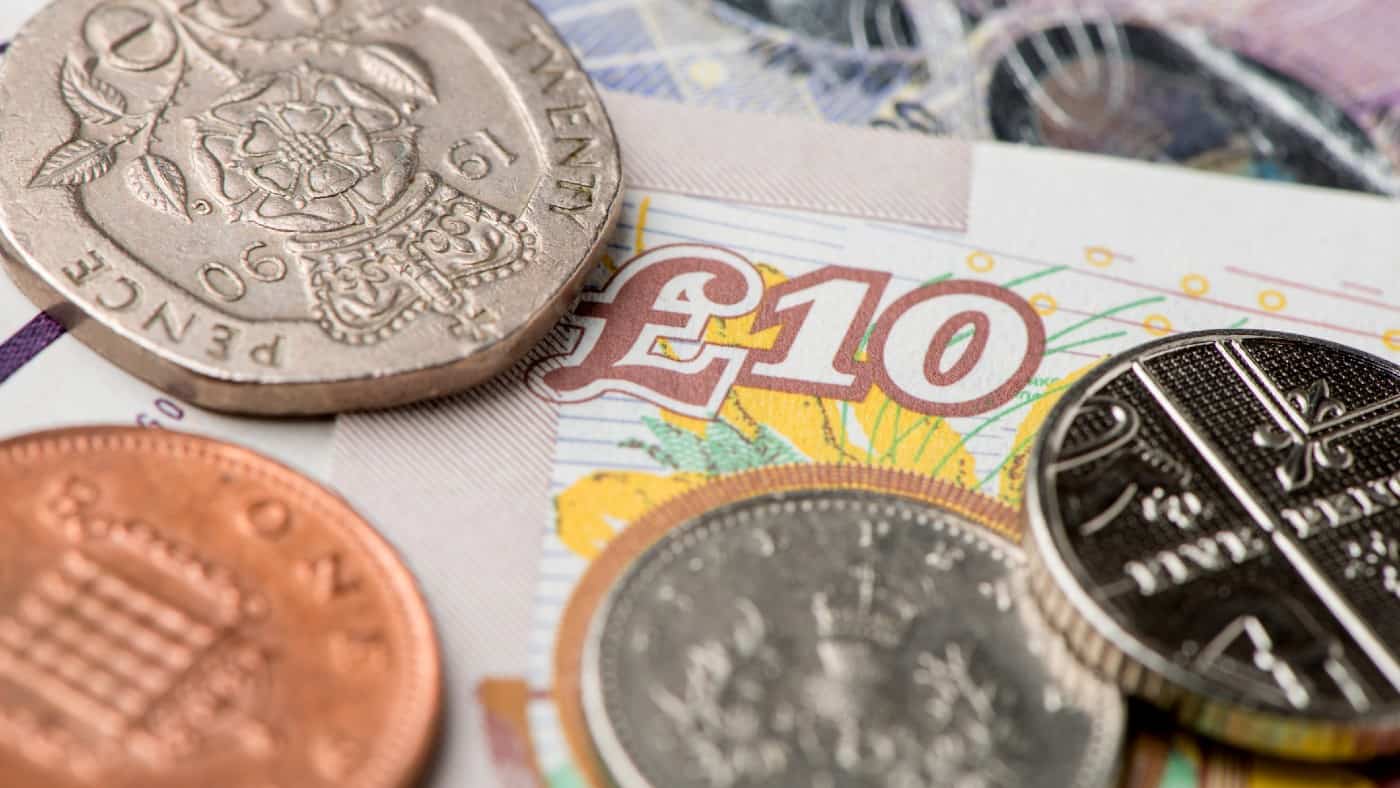The FTSE 250 contains numerous mid-cap stocks that offer very attractive levels of passive income.
One example is Bank of Georgia Group (LSE: BGEO), a lender whose share price has surged around 160% in five years.
Despite this big rise, the stock remains dirt cheap, trading at just 3.6 times earnings. And at today’s share price of £34.50, this equates to an eye-popping trailing dividend yield of 7.7%.
Should you invest £1,000 in Bank of Georgia right now?
When investing expert Mark Rogers has a stock tip, it can pay to listen. After all, the flagship Motley Fool Share Advisor newsletter he has run for nearly a decade has provided thousands of paying members with top stock recommendations from the UK and US markets. And right now, Mark thinks there are 6 standout stocks that investors should consider buying. Want to see if Bank of Georgia made the list?
Why a bank in Georgia?
Georgia has been one of the fastest growing economies in Europe for the past decade. It serves as a key transportation, trade and logistics hub connecting Europe and Asia.
As well as strong domestic consumption and investment, the country’s tourism industry is booming. In fact, the capital Tbilisi is on my summer bucket list.
Since the Russia-Ukraine conflict, tens of thousands of migrants have arrived in the country. Many of them have transferred money and brought skills into the already vibrant economy.
Unsurprisingly, all this activity has benefited the nation’s banking sector, which is dominated by Bank of Georgia and TBC Bank Group (also in the FTSE 250).
Looking ahead, real GDP growth in Georgia is expected to be 6.8% in 2023 and 5% next year, according to the company. This follows two very strong years of economic growth. Meanwhile, the lari continues to be a stable currency.
So the macroeconomic outlook appears very strong, and the bank is perfectly positioned to capitalise on it.
Strong trading
In November, the business posted a bumper set of third-quarter results. Its net interest income and pre-tax profit and one-off items jumped 42.3% and 32.5% respectively.
The net interest margin (the difference between lending and savings rates) improved to 6.6%, up from 5.3% a year earlier.
In the first nine months of 2023, profit (adjusted for one-off income) amounted to GEL1bn (£309m), a rise of 29.8%.
Management noted that 1.2m retail customers used one of its cards to make a payment in September, which was up 24.8%. For context, the population is 3.7m.
Assessing the risks
Now I should point out that there’s political risk here, which may go some way to explaining the stock’s cheapness.
This relates to Georgia trying to join the European Union, despite sharing no land border with the EU. But it does share a 556-mile border with Russia, against which it lost a war in 2008.
Since then, Moscow has effectively controlled 20% of Georgia’s territory. And it isn’t keen on the EU plan.
Personally, I don’t think Russia will engage Georgia militarily again, considering how the war in Ukraine is going. But it can’t be ruled out.
£1k in passive income
Turning to income, the stock is carrying a dividend yield of 7.7%. That means I’d need around 377 shares to generate £1,000 in annual passive income. Those would cost me around £13,000.
Of course, dividends aren’t guaranteed to be paid, even from banks. The Financial Crisis taught us that much.
Having said that, I’m reassured that next year’s payout is covered nearly four times by forecast earnings. That’s a nice margin of safety.
To me, this just looks like an excellent value stock offering very attractive income. And if I had spare cash today, I’d add Bank of Georgia shares to my portfolio.








